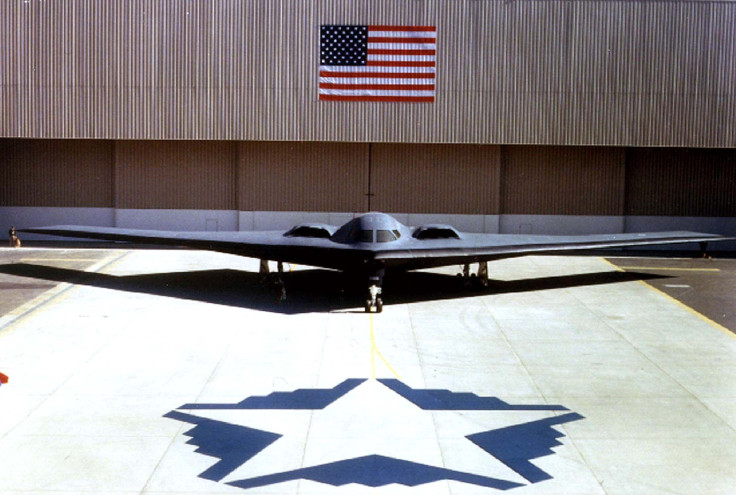How Much Will US Bomber Fleet Cost? No One Really Knows

By Lawrence Korb
(Reuters) -- The Defense Department on Oct. 27 selected Northrop Grumman to build a new U.S. strategic bomber fleet. Between 80 and 100 planes are expected to be produced over the next decade. But three important questions must be answered before Congress approves significant funds for the program.
First, what will the bombers actually cost? The Air Force claims it can build 100 for no more than $564 million each. But even if that were true, the price tag does not include the development costs, estimated to exceed $20 billion.
The projected costs are also in 2010 dollars — not the actual amount taxpayers must fork over in 2017, when the planes begin to roll off the assembly line. In addition, the 2010 price assumes that there will be no cost overruns or delays — though the F-35 joint strike fighter’s projected costs nearly doubled over the past 20 years it has been in development.
In April, the Government Accountability Office warned that the F-35’s severe, continuing technical problems and escalating costs jeopardize the program’s affordability. Total costs of the F-35 fighter are now expected to exceed $1.3 trillion — roughly $400 billion each to buy the planes and another $900 billion to maintain them over their lifespan. After the spiraling cost estimates of the F-35, Congress should be skeptical of the Air Force’s estimate of the cost of the new bomber.
Second, can the Defense Department really afford this new bomber, given that it is simultaneously modernizing the other two legs of its nuclear triad: the submarine-launched and land-based ballistic missiles? At the same time, the Pentagon is confronting threats from radical groups like Islamic State, dealing with escalating personnel costs and facing more than $400 billion in cost overruns on weapons now being developed and produced.
The Pentagon’s estimated costs for modernizing all three legs of the triad will be approximately $350 billion over the next decade, according to the Congressional Budget Office, and at least $1 trillion over the next three decades. The Navy has already made it clear to Congress and to Defense Secretary Ash Carter that it cannot build its new ballistic-missile submarines within its proposed budgets unless it stops buying aircraft carriers and attack submarines for the next decade.
Third, does the program really enhance U.S. national security? For the new bombers, which will be part of the nuclear fleet, the Air Force plans to buy at least 1,000 new long-range standoff cruise missiles, which are nuclear capable and which will cost at least another $20 billion.
Yet as former Defense Secretary William Perry, who developed the nuclear cruise missile during the Carter administration, stated, this is not only unnecessary but destabilizing because adversaries will not know if the cruise missile on a new bomber is nuclear or conventional. This uncertainty could lead to a nuclear retaliation to a conventional attack – a nightmare scenario. Moreover, U.S. allies or potential opponents could interpret the development of a modern cruise missile as a new nuclear weapon capability. They could well assume that Washington is not serious about deterrence and will act accordingly.
Not surprisingly the prospective development of this missile makes many U.S. allies, including Britain, Japan and South Korea, uneasy. Not to mention its unsettling effects on Washington’s nuclear rivals China and Russia, which may pursue nuclear cruise missile capabilities of their own. Congress needs to re-think how these bombers will enhance U.S. nuclear deterrence before committing to such a costly program.
Until these questions are answered, Congress and the administration need to delay moving forward with the new bomber program. In addition, the runner-up Boeing-Lockheed team could still file a protest, potentially delaying the program. The Boeing-Lockheed team has already asked for more information about how the Air Force evaluated the price and risk in deciding who would win the contract.
Given the fleet threats the United States now faces, its current fiscal situation and the fact that the current strategic bomber, the B-52, will not retire for another 25 years — and the stealth B-2 not for another 40 years — there is really no need to rush.
Lawrence Korb served as assistant secretary of defense during the Reagan administration. He is now a senior fellow at the Center for American Progress.
© Copyright Thomson Reuters 2024. All rights reserved.





















